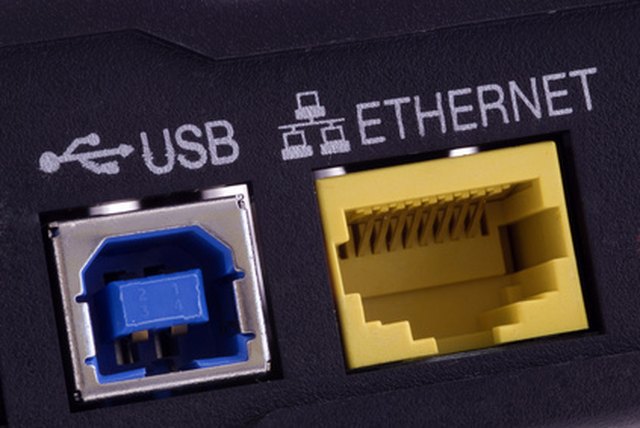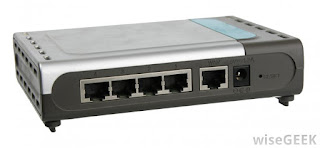

If the connection is successful, open your web browser and try navigating to a webpage like If the page loads, it means your Wi-Fi connection is working correctly.

Select your network, and enter your password. Locate your computer's network settings, and search for nearby Wi-Fi networks. The process for connecting to a Wi-Fi network will vary slightly depending on what type of computer or device you're using, but any system will require these basic steps. That's it! Now you're ready to connect to your Wi-Fi network and make sure it's working. Locate and select the Save button to save your settings.
Internet router connection password#
Make sure to use a strong password to help ensure no one else can access your network. There are several types of encryption you can use, but we recommend WPA2, which is generally considered to be the most secure.Įnter your desired password. Locate and select the Network Password setting, and choose an Encryption option. Locate and select the Network Name setting, then enter a unique network name. Again, the exact sign-in details should be included with your router's instructions, but most routers use a standard user name and password combination, such as admin and password. Your router's instructions should include this information, but some of the most common addresses include 192.168.0.1, 192.168.1.1, and 192.168.2.1. Using your web browser, enter the router's default IP address into the address bar, then press Enter.

This includes setting a unique name and password for your wireless network. It could also be a problem with the unique combination of your device and the router, which usually comes into play related to your Wi-Fi settings, as we’ll address below.Next, you'll need to use your computer to configure your router's default settings. If so, the problem is likely with the connecting device itself and not the router.
Internet router connection how to#
RELATED: How to Find the Best Wi-Fi Channel for Your Router on Any Operating System Try a Different Device or Wi-Fi AdapterĪt this point, it’s a good idea to see if you can connect to the Wi-Fi network using a different device than the one you’re having trouble with. If you suspect interference, you can try to set your Wi-Fi to use a different channel, which might avoid certain types of interference-especially with other nearby Wi-Fi networks (run by neighbors or businesses). In those cases, you can either disable the interfering devices or route around them with a wired connection to a second Wi-Fi access point on the other side of the interfering device. These are the router and network attached storage brands they recommend. If you do have a signal strength problem, you can move closer to the router or consider installing a larger antenna, more powerful router, or a Wi-Fi repeater or range-extender at some point in your network.Īlso, you might consider investigating potential radio interference from devices such as microwaves or other gadgets that use similar frequencies (2.5 GHz or 5 GHz in particular). Our readers are serious about their at-home internet connectivity and file sharing. Wi-Fi’s radio signal follows the inverse square law, which means the strength of the signal decreases exponentially (dropping off rapidly) as you increase the distance between yourself and the router. RELATED: 5 GHz Wi-Fi Isn't Always Better Than 2.4 GHz Wi-Fi Consider Distance and Interference Change Channel

So if you’re having trouble getting a reliable signal on your router’s 5 GHz band, try forcing a 2.4 GHz connection instead-or move closer to the router. Some routers will automatically connect compatible devices to the higher-frequency band, but others require you to connect to a different SSID for each frequency.įor troubleshooting, it’s important to know that 5 GHz connections offer higher speeds but less range than a 2.4 GHz connection.


 0 kommentar(er)
0 kommentar(er)
